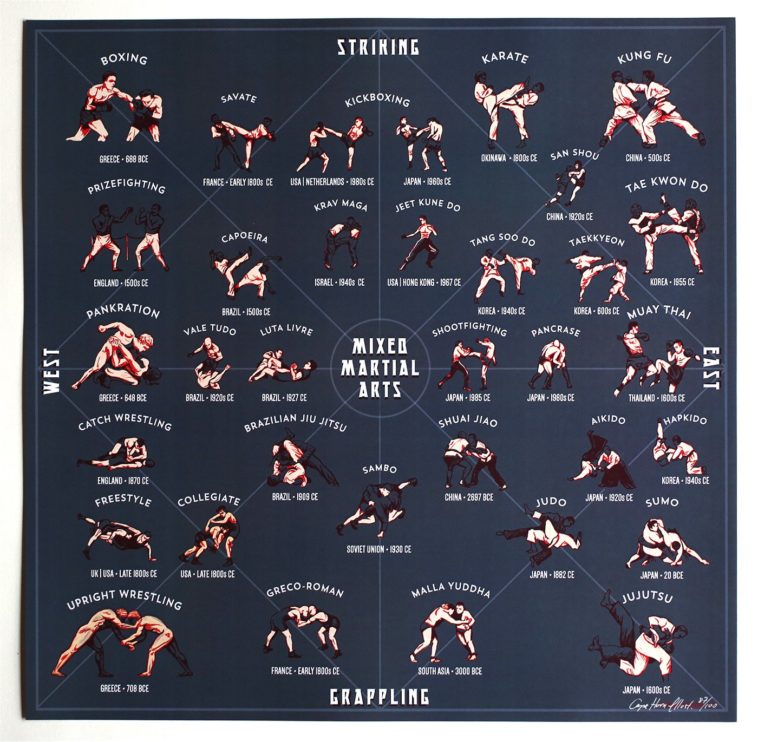A Historic Overview And Progression Of Martial Arts Across The Globe
A Historic Overview And Progression Of Martial Arts Across The Globe
Blog Article
Author-Egeberg Odonnell
Martial arts have a fascinating background that spans centuries and continents. You might find it interesting exactly how old practices like Shuai Jiao and Kalaripayattu prepared for contemporary combat techniques. These disciplines not only emphasize physical abilities however likewise reflect the societies that birthed them. As you explore their development, think about how globalization has transformed these typical types into crossbreed styles. What influences do you think have formed today's martial arts landscape?
Ancient Martial arts: The Foundations of Fight
As you explore the world of old martial arts, you'll discover the abundant structures that formed battle strategies throughout cultures. Very early methods focused on Self-Defense and survival, usually incorporating strikes, grappling, and weaponry.
In old China, for example, strategies like Shuai Jiao highlighted throws and joint locks, while India's Kalaripayattu showcased agility and fluid movement. Japanese samurai established Kenjutsu, a polished swordsmanship that highlighted self-control and approach.
These martial arts served not just for battle but likewise as a means of personal growth, instilling values like respect and willpower. The blending of these strategies over time prepared for the diverse martial arts you see today, each showing the unique ideologies and demands of its culture.
The Social Influence on Martial Arts Growth
While martial arts commonly mirror the useful demands of a culture, they additionally personify the cultural worths and ideas of their beginnings. When you explore different martial arts, you'll notice exactly how they're influenced by faith, viewpoint, and social standards.
For example, the emphasis on respect and technique in Japanese martial arts comes from Zen Buddhism and samurai culture. On the other hand, Brazilian Jiu-Jitsu advertises versatility and strategy, shaped by the requirement for efficiency in a diverse, modern setting.
You could locate that the rituals, attires, and training techniques mirror a community's history and identification. By comprehending these social influences, you grow your appreciation of martial arts and their duty fit human experiences across the globe.
Modern Adaptations and the Globalization of Martial arts
Martial arts have actually changed significantly in current years, adjusting to contemporary society and global impacts. You'll notice that conventional kinds have combined with contemporary strategies, producing hybrid styles like mixed martial arts. These adjustments satisfy varied target markets, making martial arts accessible and enticing worldwide.
With the increase of social media sites and electronic platforms, you can discover tutorials and competitions from all edges of the globe, breaking geographical barriers. This globalization has resulted in a common appreciation for various self-controls, from Brazilian Jiu-Jitsu to Taekwondo.
As what age can a child learn martial arts engage with these arts, you'll recognize they're not nearly combat; they advertise physical fitness, discipline, and mental wellness.
Ultimately, modern-day adaptations have actually improved the martial arts landscape, making it a vibrant and developing technique.
Conclusion
In discovering the background and development of martial arts, you discover a fascinating mix of techniques, cultures, and approaches. From ancient self-controls like Shuai Jiao and Kalaripayattu to the modern-day adaptability seen in mixed martial arts, martial arts mirror humanity's mission for Self-Defense and individual growth. As you involve with these practices, you not just gain skills however likewise a much deeper recognition for the varied customs that form our world today. So, proceed your trip and embrace the art of combat!
